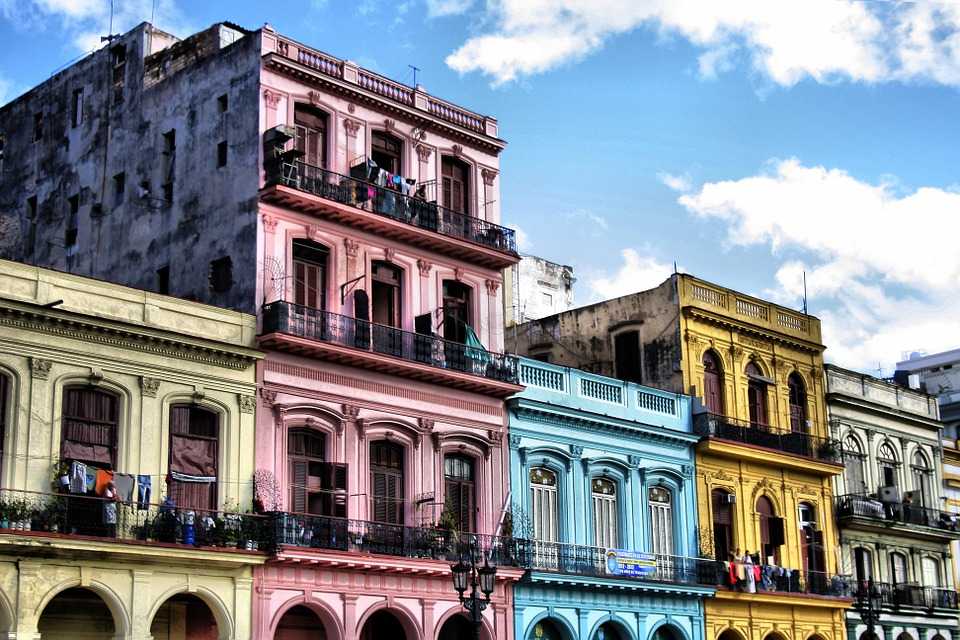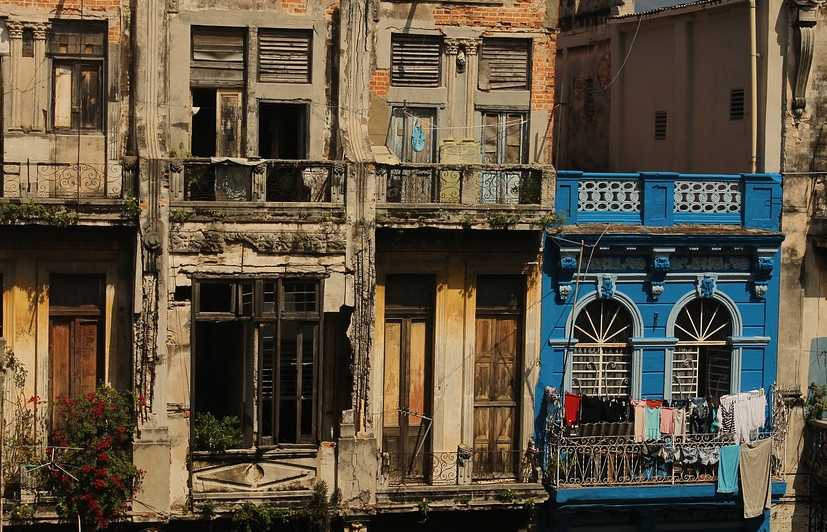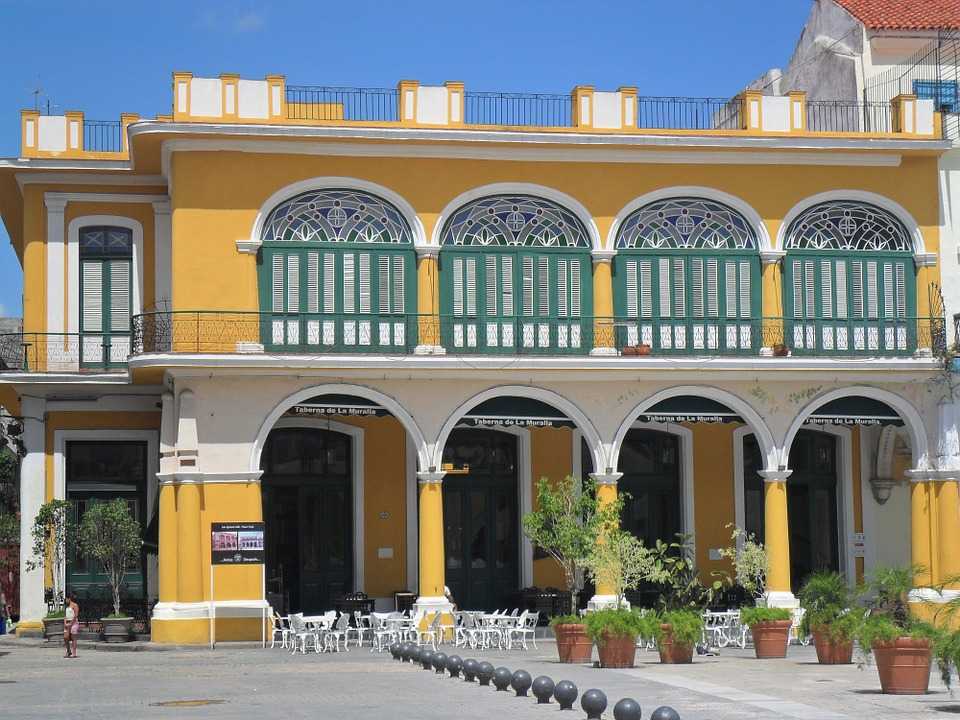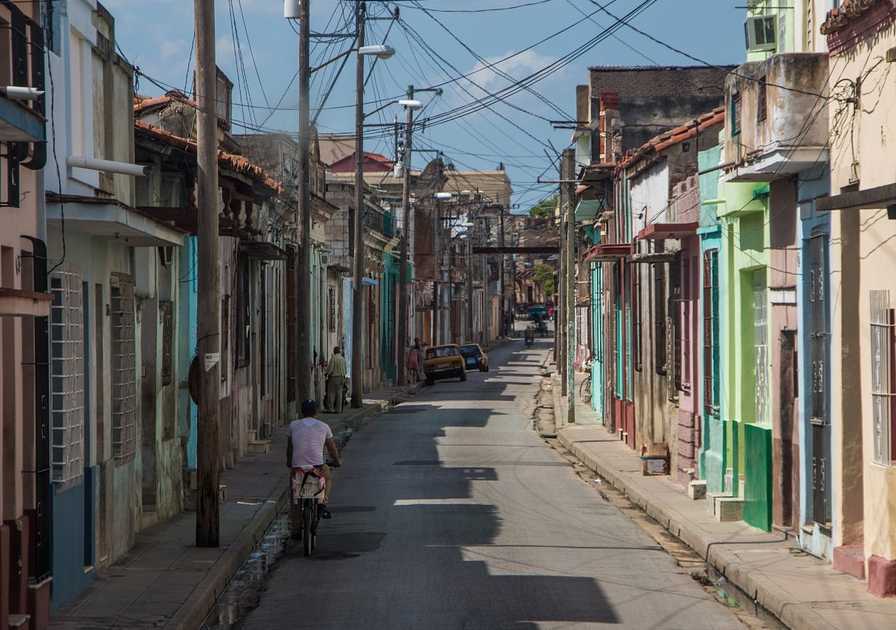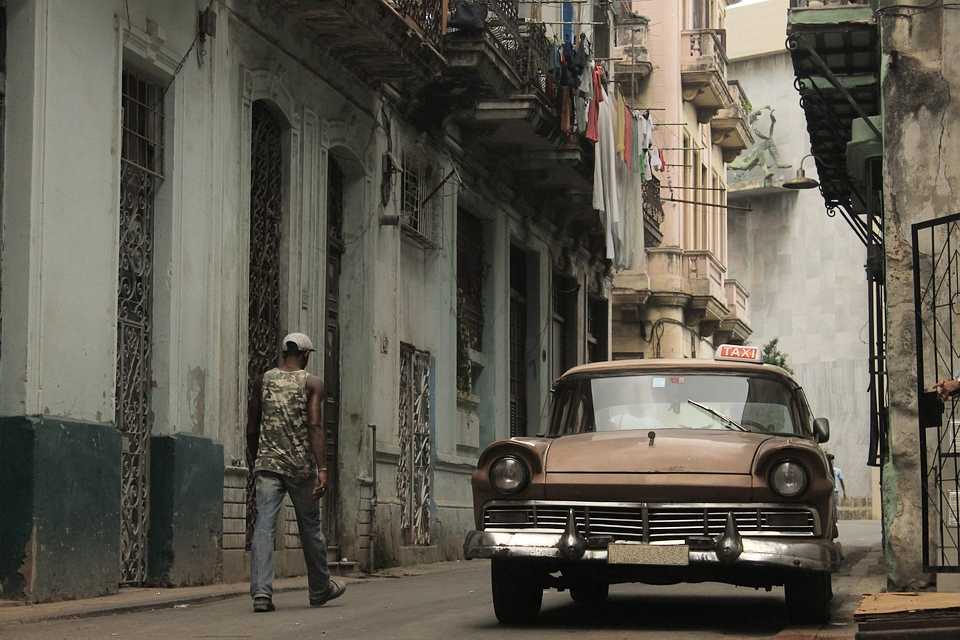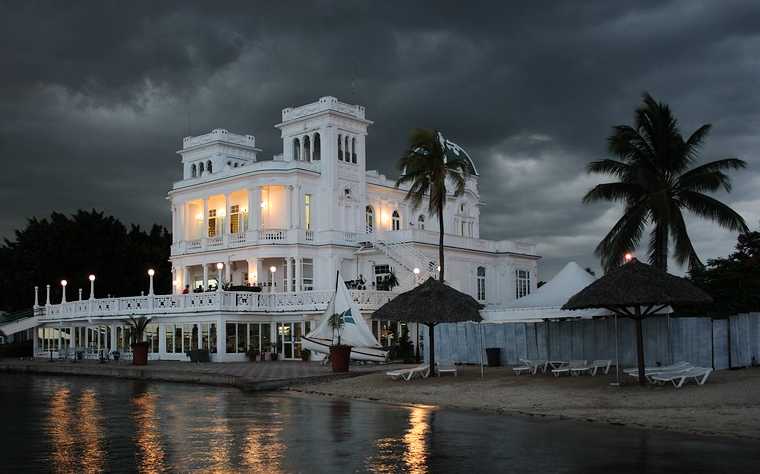
The first American cruise ship since 1978 recently sailed from Miami and docked in Havana harbour with approximately 700 passengers on board.
The arrival of Carnival Line’s Fathom Adonia into Havana Bay marks the restart of travel between the US and the island-state after five decades of hostile diplomatic relations.
The Adonia is considered to be a small cruise liner (Built 2001, Length 181m, Width 25.46m, Gross Tonnage 30,277, 385 Crew, Max 826 Passengers) and it is the flagship of Carnival Corporation’s cruise line “Fathom” which is dedicated to “social impact travel and voluntourism”.
The visit of the vessel to Cuba was only made possible by a historic rapprochement in December 2015 between Presidents Barack Obama and Raul Castro.
The vessel's arrival signals the first step towards a future in which thousands of ships bringing huge numbers of visitors could cross the Florida Straits.
Havana is recognised as a beautiful and architecturally diverse city (Spanish baroque, Neocolonial, Neoclassical, Moorish, Art Deco, Art Nouveau and all manner of eclectic design).
How will an influx of tourists and a new found ability for Cubans to travel, impact on Cuban architecture and how will Cuba awaken from history and continue to manifest its soul through architecture?
